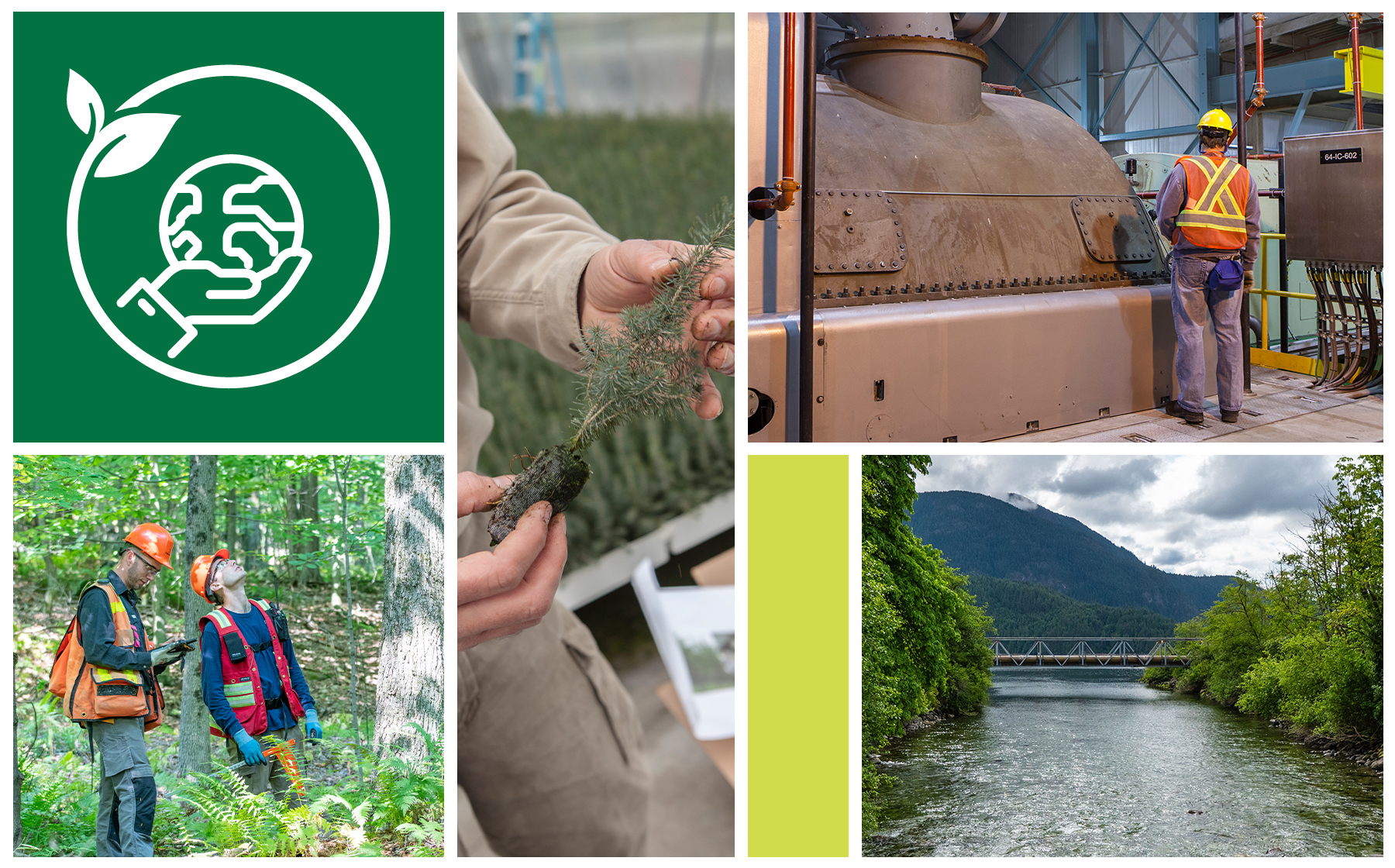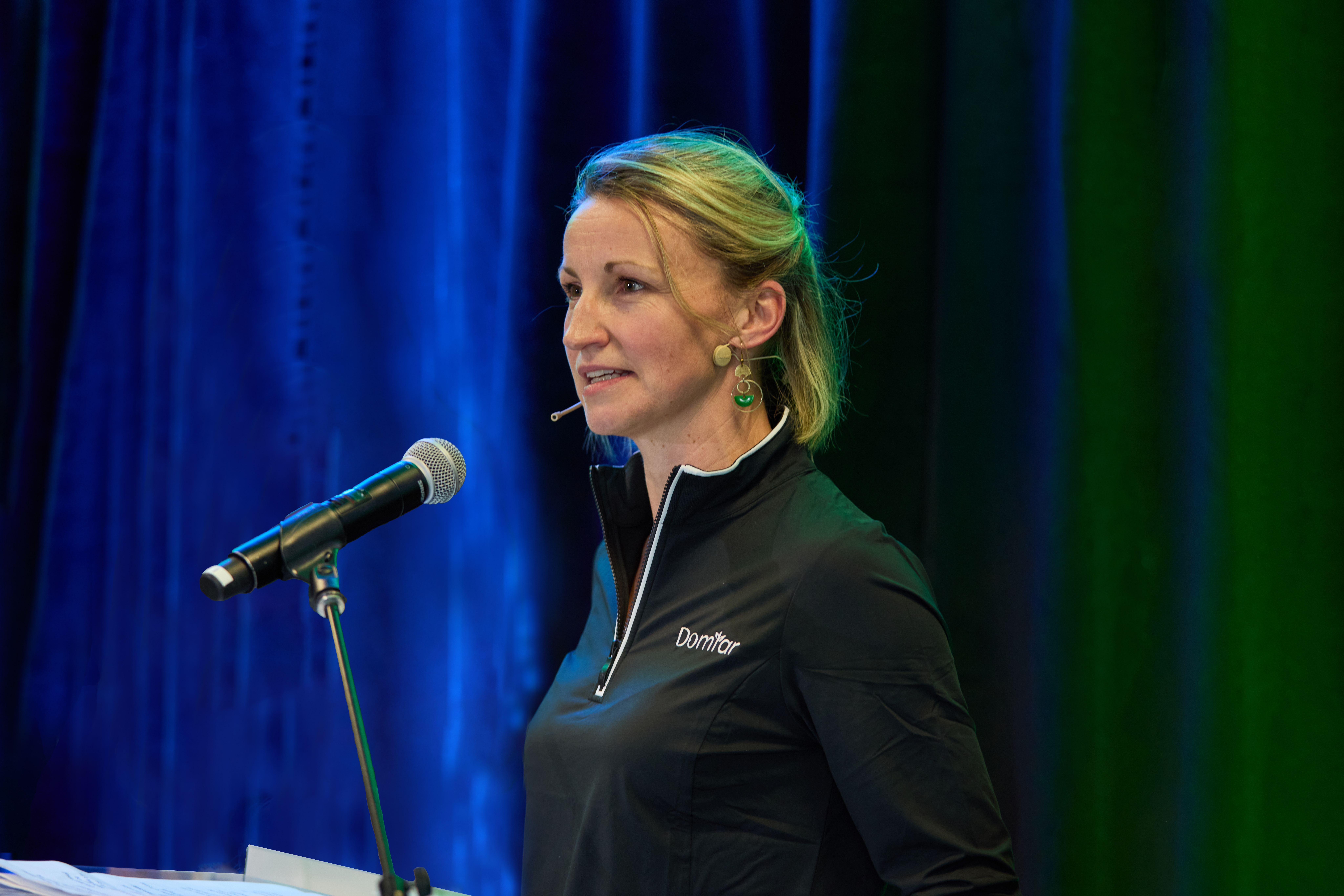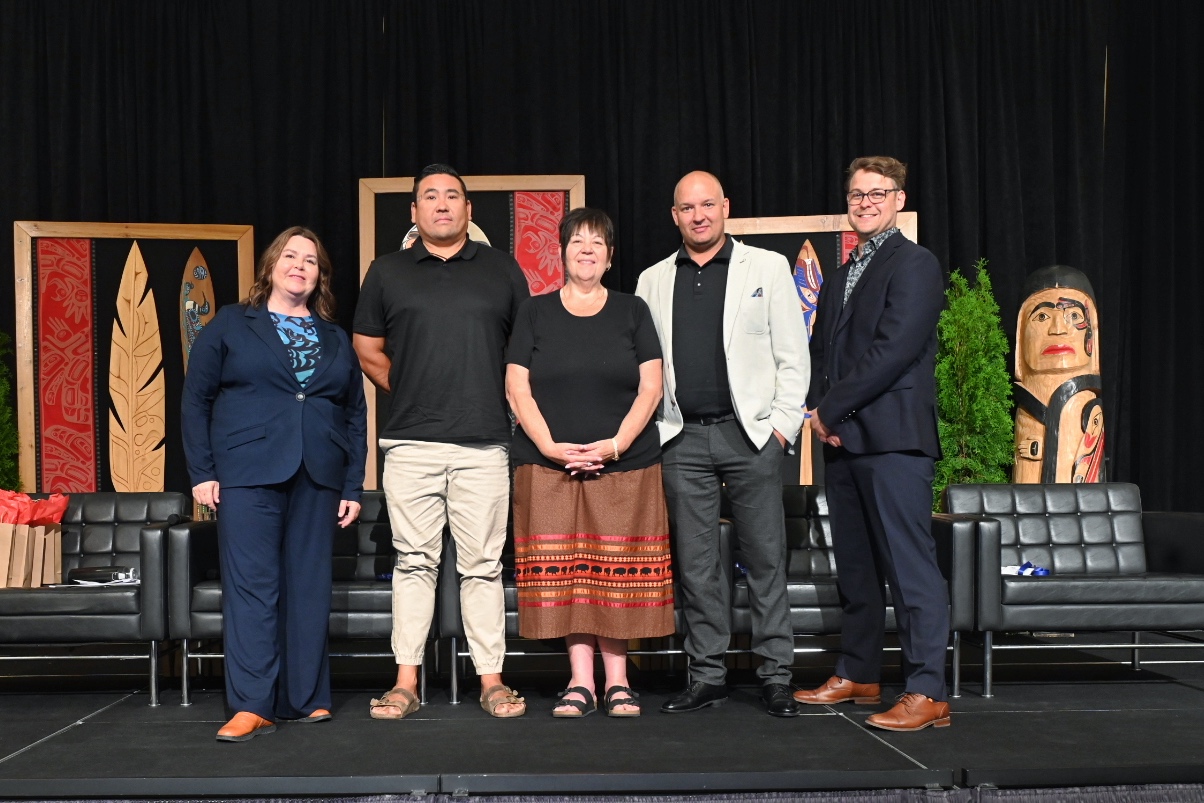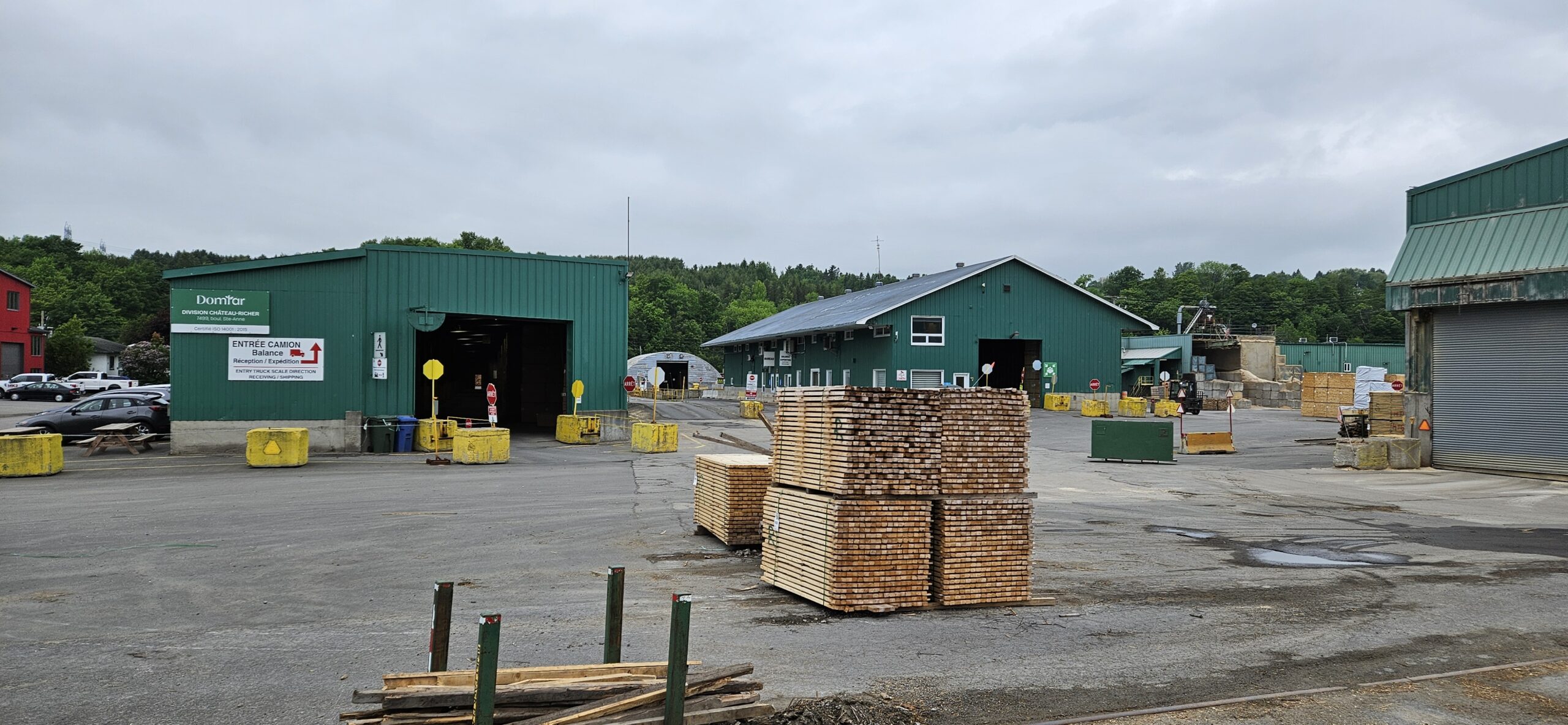Domtar’s commitment to responsible forestry means that our operations meet or exceed government and industry and third-party certification regulations. How we do that depends on where our fiber is sourced.
Across Canada, large swaths of forestland are publicly owned and managed by government agencies. In fact, 80 percent of land in Canada is held by the government. By contrast, 56 percent of forestland in the United States is owned by 11 million private individuals and families.
These differences presents challenges as consumers around the world become more informed and more selective about what they buy and where it comes from. Shoppers increasingly demand sustainable products that are responsibly sourced. But in the case of forest products, including paper, supplies may be limited depending on the origin of the raw material.
“On land owned by government agencies, they will wait until forests are mature to cut,” said Lucas Dillinger, wood procurement manager for Domtar’s Johnsonburg Mill in Pennsylvania. “It’s good for the environment but can mean we have less supply. Private landowners don’t always do that. More often they respond to market needs, which is good for the market but can be a challenge for sustainability.”
Responsible Forestry Through Third-Party Certification
Third-party certification demonstrates responsibility to consumers by monitoring, tracing and labeling timber, wood and pulp products using standards that help preserve forests.
Credible certification goes beyond logging practices and protection against deforestation. It takes into account air and water quality; the social and economic issues that affect people and communities; ecological protection; and the potential mitigation of the effects of climate change.
Canadian government agencies have strict management guidelines that effectively ensure responsible behavior. Because of these management requirements, Canadian forestlands usually meet certification criteria from one or more recognized organizations.
In the United States, many private landowners manage their land thoughtfully. However, certification is expensive and can be cost-prohibitive for some landowners. The sheer number of U.S. landowners also presents certification challenges.
But these landowners present the biggest opportunity to increase responsible forestry management across the landscape. That’s why Domtar, along with non-government agencies, environmental advocates and corporations, is committed to working with private landowners to improve land management and provide training and support.
For example, we developed the Sustainable Forestry Principles as a guide to help safeguard endangered forests and wildlife. We are working to increase the supply of certified fiber through multiple certification programs. We’ve also helped develop the Four States Timberland Owners Association and Appalachian Woodlands Alliance to promote certification and help small landowners.
“Domtar and other companies are deeply engaged in improving management of private forests,” Dillinger said. “We have to do our share in order to keep private lands well managed so that we can see forests thrive into the future and offer a sustained yield. Working with both the United States and Canada is complex and very different, but we are committed to doing the right thing.”
To learn more about Domtar’s focus on responsible forestry and logistics, view the company’s 2017 Sustainability Report, Working Smart for the Long Term.







